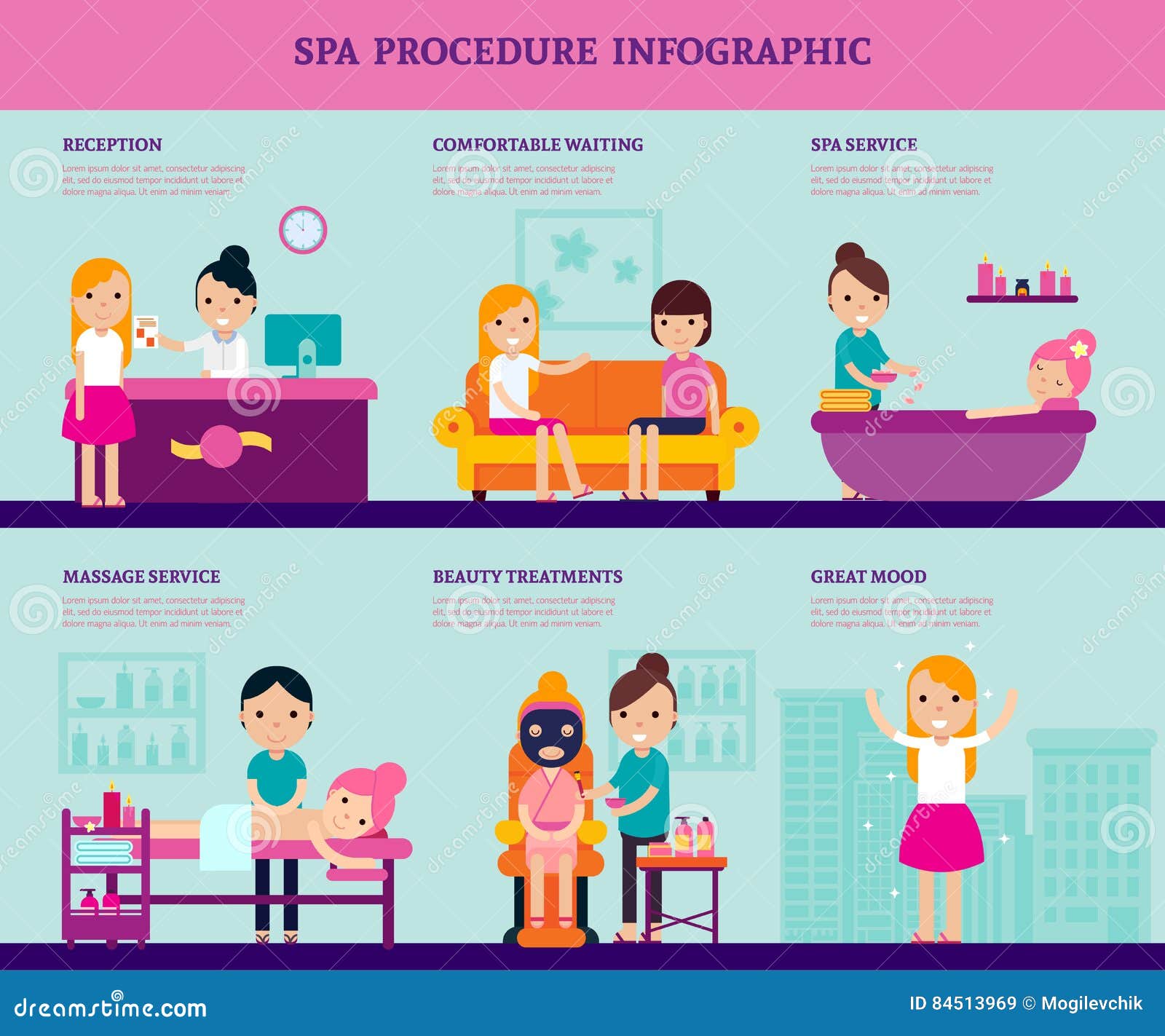How to Utilize Retinoids For Acne
Commonly called the holy grail of acne therapy, retinoids decrease oil manufacturing and aid clear skin by protecting against stopped up pores. They are offered in over the counter serums, gels and lotions, along with stronger prescription products like tretinoin or isotretinoin.
Originated from vitamin A, they can deal with every little thing from fine lines and wrinkles to moderate pigmentation abnormalities and acne to psoriasis. Yet prior to you make use of any, start slowly and make sure to comply with directions meticulously.
Just how to Use
Retinoids are skincare workhorses that speed up the skin's natural process of exfoliation, unclog pores, and decrease acne marks and great lines. The only disadvantage to utilizing them is that they can be suspended by sunshine and are aggravated by particular various other skin treatment active ingredients, like salicylic acid. That's why it's important to apply them at night and to avoid other treatments that aren't formulated for use with retinoids, such as BHAs or alpha hydroxy acids.
Over-the-counter retinol is typically milder than prescription options. (Retinoids are originated from Vitamin A, and your body should convert it into the active compound to reap its benefits.) A good starter option is adapalene, which the FDA approved for OTC use in 2016; it's found in adapalene gels and is less expensive than many other prescription products.
While redness and peeling are entirely regular retinoid negative effects, you need to see a skin doctor if you create extreme red spots or cystic outbreaks, which can cause hyperpigmentation and scarring, states board-certified nurse practitioner Jill Canes. Also, understand that some products may connect with your retinoids: a beta-hydroxy acid, such as salicylic acid, often tends to respond improperly with retinoids, triggering overdrying and promoting more oil production.
Side Effects
Retinol and retinoids are an essential of acne therapy. They stop pores from blocking and decrease and reduce scars caused by the problem. They likewise have anti-aging benefits, as they speed up the turnover of surface area skin cells.
One of the most typical topical prescription retinoids are tretinoin, isotretinoin and adapalene. These work to unclog blocked pores, deal with blackheads and minimize fine lines and wrinkles. They are additionally suggested for other dermatological conditions consisting of psoriasis and to manage skin growth (skin aging), keratosis pilaris, sun damages and hyperpigmentation.
Due to the fact that retinoids can trigger dry, flaky skin, it is necessary to make use of a cream. You ought to also stay clear of items including alpha hydroxy acids such as salicylic acid, which can interact inadequately with retinoids. If you're making use of a product which contains both, attempt to surprise the use of each and utilize them just on clean skin. Niacinamide, a form of vitamin B3, can aid combat the drying results of retinoids. It can be included in your skincare routine as a product or contributed to other therapies such as benzoyl peroxide, states Dr. Garshick.
Precautions
Retinoids, that include both all-natural and synthetic substances associated with vitamin A, accelerate skin cell turn over and reduce the effects of inflammatory acne signals. They also enhance collagen manufacturing, which reduces great lines and wrinkles. You can find weak retinols nonprescription and stronger ones just with a doctor's prescription.
When used topically, retinoids assist clear light to modest acne and improve skin appearance and tone. They can likewise lower dark areas (hyperpigmentation) that develop from sunlight damage.
Nonetheless, it is very important to use retinoids appropriately to prevent drying out and inflammation. Start with a pea-sized quantity every other night for 2 weeks and gradually raise the frequency of application as endured. You ought to additionally utilize a sun block daily with an SPF of a minimum of 30 while using retinoids. Furthermore, be sure to stay clear of other skin care products which contain salicylic acid, as it can degrade retinoids. Last but not least, pregnant females ought to not make use of retinoids, as they can enhance the threat of miscarriage and abnormality.
Combinations
A skin doctor can prescribe a selection of topical treatments that consist of retinoids, including adapalene, tazarotene, and tretinoin. Your physician may likewise advise retinoids to treat blemishes by interrupting their cell growth. Retinoids are normally secure for use with various other skin products, yet you should constantly consult a skin specialist prior to beginning or combining any new therapies.
Niacinamide (vitamin B3) helps reduce the redness and inflammation brought on by retinoids and can be efficient in resolving acne. It can likewise neutralize the drying impacts of several retinoids. Benzoyl peroxide can unclog pores, lower excess oil production, and eliminate microorganisms that contribute to acne. It can how long does botox last be incorporated with retinoids to increase the efficiency of therapy and to prevent antibiotic resistance.
If you are expecting or breastfeeding, stay clear of using retinoids. They can be soaked up through the skin and go into the blood stream, which can influence your baby. You need to also prevent massaging the area where you use the retinoids due to the fact that it can trigger inflammation or burns.

Comments on “How To Clean Acne Treatment Devices”